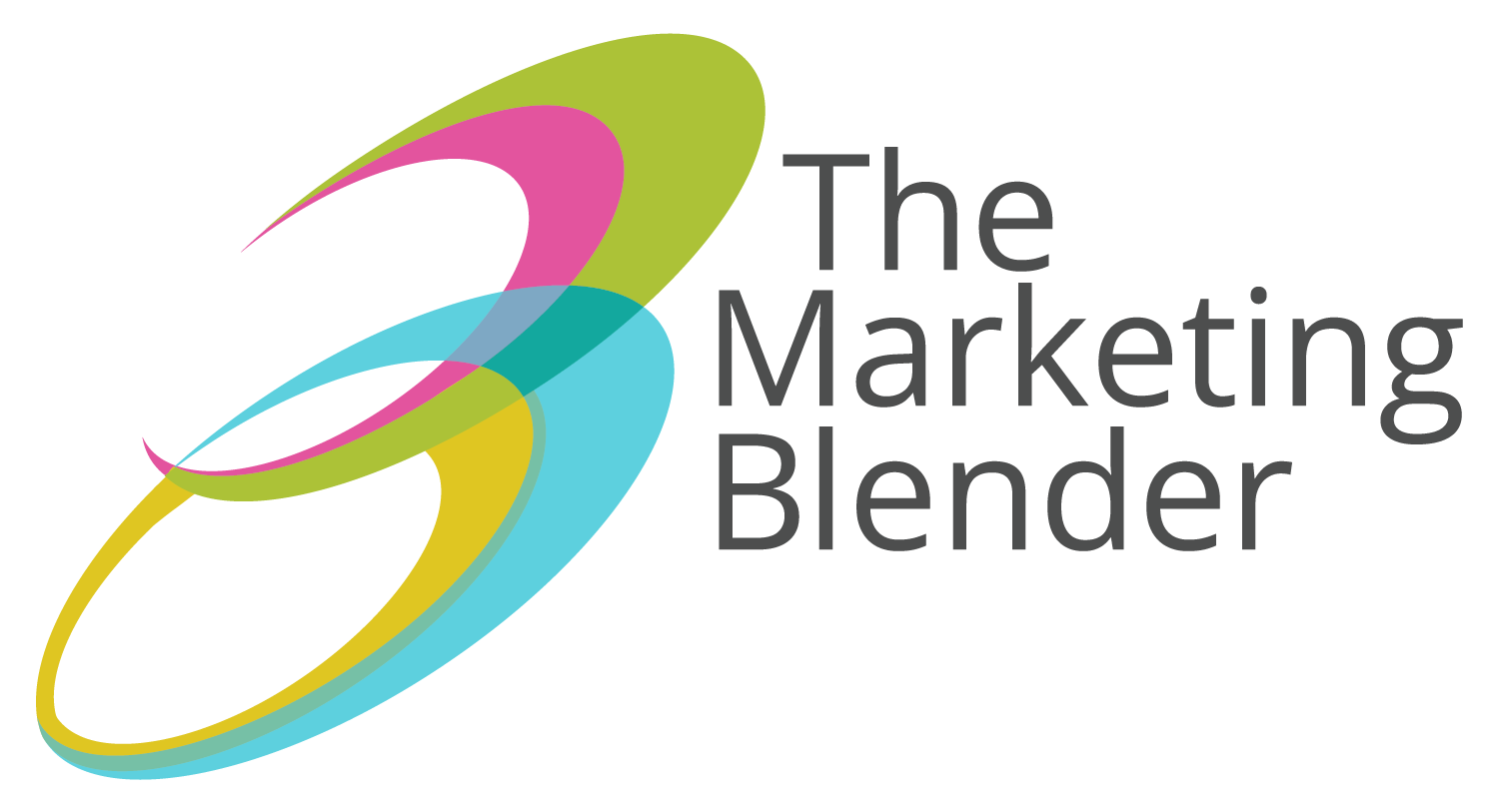The marketing landscape is brimming with buzzwords like talent, employee, and culture branding, all representing various aspects of the human interaction with a brand. But here’s the kicker—they ultimately converge into one crucial aspect: employer branding strategy.
The Symbiosis of Internal and External Employer Branding
Branding isn’t just about selling products. It encompasses all stakeholders and represents the totality of what a company stands for. Yet, there’s a disconnection between the external branding focused on marketing and sales and the internal branding for culture and talent. These should always be aligned around the same values, but should take into consideration the widely different goals of employees vs. customers.
Internal branding touches upon communication, employee experience, creativity, and the very fabric of a company’s culture. The recent shift to remote work has thrown a spotlight on aspects of culture that may have been overlooked, impacting how employees and future talent perceive your brand.
Purpose-Driven Brands and the Culture Equation
Before we dive into the tactical applications, let’s address a critical point. Purpose-driven brands outperform those centered around products or services. Research suggests that purpose-driven companies can outperform by over a thousand percent. It might sound astonishing, but it underscores the importance of aligning branding with a deeper purpose. Imagine if your employees loved your brand as much as your customers do—it’s a game-changer. The idea is to invest in your brand, making it integral to the experience inside your corporate walls, whether physical or virtual. This shift from “the customer is always right” to “our people always matter” emphasizes the significance of prioritizing employees for long-term brand success.
Brand Evangelism: Turning Employees into Advocates
Brand evangelism is the secret sauce that transforms employees into brand ambassadors. The actions your employees take to promote and showcase your brand in the market matter immensely. In the age of social media, employees are key players in shaping the external perception of your organization. Culture branding, talent branding, and employee branding become pivotal in shaping how the entire market views your organization. The human-centered, people-first approach within the organization naturally extends to customer interactions. This interplay between internal and external branding is a dynamic force that can’t be underestimated.
Tangible Elements of a Strong Employer Branding Strategy
Bringing everything together, let’s discuss tangible tactics for building a strong culture brand. We share an example of a client who actively involved employees in identifying the characteristics of their best performers. This not only fosters a sense of involvement but also aids in attracting more talent aligned with the company’s culture. We emphasize that a robust culture brand should outlive its leaders. It should persist through leadership changes, retirements, and even acquisitions. The core values and culture you’ve built should be a guiding light for the organization, regardless of who is at the helm.
Are You Ready to Start Building a Employer Branding Strategy That Supports Your Company Culture?
Branding’s impact on company culture is profound and far-reaching. It’s not just about creating a marketable image but about shaping a workplace where employees thrive and are proud to be associated with the brand. By integrating purpose-driven principles, fostering brand evangelism, and implementing actionable tactics, businesses can scale their culture effectively. The key is to make culture branding, talent branding, and employee branding intentional, actionable, and aligned with the core values that define the organization.
If you have questions or thoughts on employer branding and culture, reach out to us on social media. Your comments are valuable, and who knows, your topic might be featured in a future episode. Don’t forget to like and subscribe for the latest insights on marketing success. Onward and upward!



